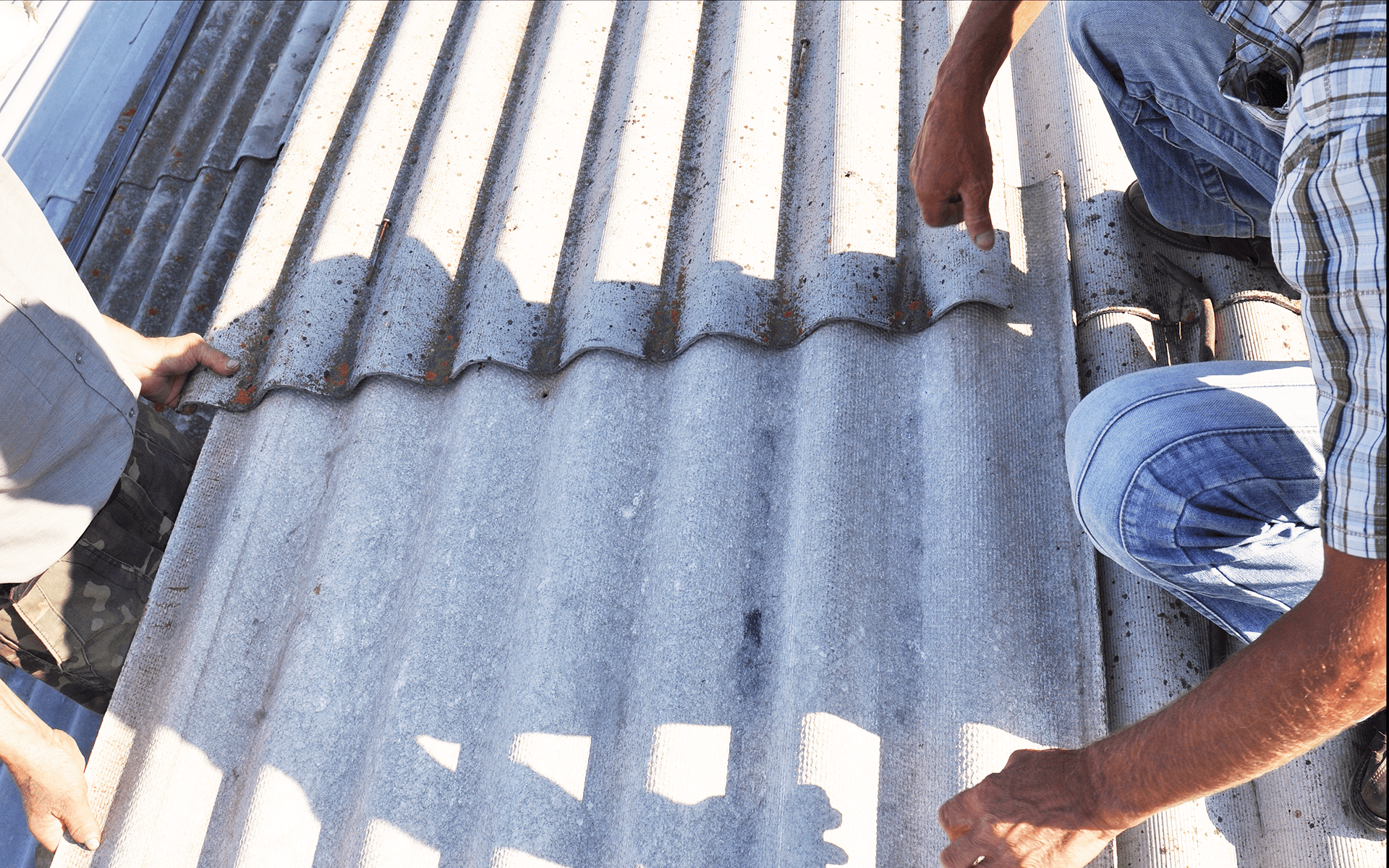Risk Factors of Mesothelioma
A risk factor is anything that increases a person’s chance of developing cancer. While risk factors may influence the development of cancer, most do not directly cause cancer.

Who Is at Risk for Mesothelioma?
Mesothelioma (a rare type of cancer found in the lining that covers most organs) has a number of possible causes (i.e., the source of the development of disease). For example, cigarette smoking is a known cause of some cancers. Yet, the behavior can also increase a person’s likelihood of getting cancer. Anything that raises a person’s chance of getting a disease is a risk factor for that illness.
Typically, risk factors affect an individual’s potential to develop cancer but do not necessarily directly cause it. Genetic heritage, for instance, is a factor that can put some individuals at risk of mesothelioma. However, genetics may not be the direct cause of an individual’s cancer, and not everyone with a specific factor will get sick.
Moreover, just as different types of cancer their own set of risk factors, each type of mesothelioma (i.e., pleural, peritoneal, and pericardial) has distinct risk factors. A person may be at risk of developing mesothelioma if they have any of the common factors below.
Veterans who were diagnosed with mesothelioma may be eligible for VA compensation. To find out if you qualify, speak with a patient advocate today.

Common Mesothelioma Risk Factors
To date, researchers have been unable to uncover what causes healthy cells to mutate into mesothelioma tumors. However, studies have been able to link mesothelioma to certain risk factors. In some instances, these factors are lifestyle choices and can be changed (such as smoking), while others are lifelong risks that remain unchangeable throughout a person’s lifetime (such as genetics).
Asbestos Exposure
Asbestos exposure is the primary risk factor for mesothelioma because it is also among the known causes of the cancer. For every ten cases of the illness, eight cases reported asbestos exposure at some point in their lives. Asbestos fibers (when broken up into a fine dust) are hazardous when inhaled because they become stuck in the lining of the chest or abdominal cavities. In some people, swallowing asbestos particles leads to tissue irritation over time that produces tumors in the mesothelium – sometimes taking up to 60 years to develop.
Due to an inability to remove asbestos from the body, exposure is considered a lifelong risk factor. However, not everyone who has been exposed to asbestos will develop a related cancer. As such, researchers believe other factors also play a role in who does and does not develop diseases like mesothelioma. Risk factors that may increase a person’s odds of getting mesothelioma from asbestos include a history of:
- Occupational exposure (such as construction workers and military members)
- Sharing a home with a person exposed to asbestos (risk of indirect exposure)
Though experts guess that every American is at risk of asbestos exposure in the military, over time, certain career fields have continuously experienced higher levels of prolonged exposure. Subsequently, some people are more likely to receive a cancer diagnosis than others. At-risk career fields include:
- Brake mechanics
- Demolition workers
- Electricians
- Home remodelers
- Insulators
- Milling
- Pipefitters
- Plumbers
- Shipyard workers
- Navy personnel
Age
Due to the long period of time between exposure to asbestos and the development of symptoms, the risk of developing mesothelioma increases as a person ages. While it is possible for young people to be diagnosed with the disease, it is rare in anyone under 45 years-old – approximately 66 percent of diagnoses occur in adults over the age of 65.
Gender
Among the general population, gender is also considered a risk factor. Typically, more men are diagnosed with mesothelioma than women. Usually, the disparity in diagnoses between genders is connected to the number of men in heavily-affected career fields.
Genes
In recent years, cancer researchers have discovered specific genes (i.e., code that directs the activity in a person’s cells; their DNA) that can increase a person’s risk of disease. Many genes that increase cancer risk are hereditary and can be passed from parents to their children. Specifically, a mutation in the BAP1 gene can put a person in danger of developing mesothelioma.
Other Factors
As stated above, smoking (along with other factors) can increase a person’s likelihood of getting mesothelioma. Too, it is a lifestyle choice and behavior that can be changed – in turn, reducing a person’s risk for developing the disease. Other avoidable risk factors include:
- Zeolite exposure – Minerals chemically similar to asbestos found in Nevada, Oregon, Utah, Arizona, Montana, and South Dakota.
- Chest or abdomen radiation – Mesothelioma tumors have been reported in patients subjected to high levels of radiation in the chest or abdomen.
- SV40 Virus – Though still being researched, infection with the simian virus 40 may be a factor in mesothelioma diagnoses.
Veterans with mesothelioma can take action without affecting their benefits.

Mesothelioma Prevention
The best way to reduce your risk of developing mesothelioma is to practice good prevention habits in your everyday life. Following asbestos safety regulations (such as wearing personal protective equipment, or PPE) during the demolition and renovation of any building or home can reduce your potential for hazardous exposure. Additionally, wearing a face mask and changing clothes before going home can help protect your loved ones.
If you suspect you have been exposed to asbestos, contact your doctor to discuss any possible symptoms of mesothelioma. If you have been diagnosed with the disease, speak with an asbestos lawyer about filing a legal claim for compensation.


